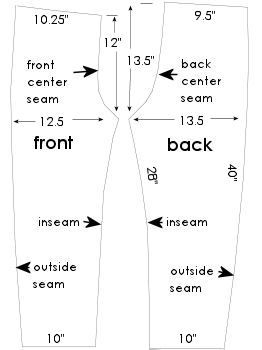How to Buy the Best Sewing Machine Complete Guide
From simple electric sewing machines to computrized models, This complete guide helps you pick the best sewing machine for your needs.
Whether you intend to sew complex garments, make curtains and create intricate embroidery or you just intend to do the odd repair to your clothes, choosing the right machine for your needs will help you get the most use .
Which type of sewing machine is right for you?
If you're just starting out or only intend to sew occasionally, a basic electric model will probably suit your needs.
The more ambitious you want to be with your sewing, the more likely you’ll need a wide range of stitches and accessories, as well as a machine that makes using these as simple as possible.
If you intend to sew more often, a more complex computerised model could be worth the investment.
Sewing machines for beginners or occasional sewers If you're just starting out or intend to sew only now and then, a basic electronic model will probably suit your needs. You won’t need to spend more than 200$ to get a good basic model.
As a general rule of thumb, look for models that offer a selection of foot attachments that will allow you to do the basics such as inserting a zip.
A zipper foot, buttonhole foot and possibly a plastic foot for delicate fabrics is a good selection for beginners. Look for a few different stitches: several different lengths of straight stitch, a choice of zigzag stitches and an automatic buttonhole are the bare minimum.
Decorative stitches are nice to have, but aren’t worth paying much more for unless you're confident that you'll progress to creating work with decorative embellishments. Some brands have accessories you can buy for this purpose, which is handy if you decide you want to get more adventurous once you’ve mastered the basics. This is less likely with cheaper models.
Sewing machines for dressmaking and soft furnishings If you plan to use your sewing machine a lot, particularly for dressmaking, then a middle-of-the-range model is probably a good bet.
These vary in price from around $200 up to 800$, but a good middle ground is about $300-$500.
The more complex the garments you're constructing, the more likely it is that you will need a machine with a wide range of features.
Here are our top tips for choosing a great mid-level model:
Make sure you buy a machine with a free arm. Most machines have them, but they're a must if you want to sew anything with sleeves or pockets.
Look for a machine with an overlocker stitch, which is used to neaten seams and hems. If you can’t afford a machine with that on, you can use a close-set zigzag stitch instead.
If you think you'll be using lots of thick, heavy fabrics, you need to look for a relatively sturdy machine that is able to feed through these fabrics without them getting stuck.
Choose a model with a wide selection of machine feet: a zigzag foot, blind hem foot, concealed zipper foot, narrow hem foot and piping foot will all come in handy for dressmaking and sewing soft furnishings.
If you'll be using a wide range of stitches, consider going for a computerised machine, which takes the guesswork out of selecting the right stitch length, tension and width for the majority of stitches.
Sewing machines for craft and embroidery
If you plan on doing a lot of embroidery and have a generous budget, consider a top-of-the-range, computerised machine or a specialist embroidery machine. These have a wide range of pre-programmed patterns and will create multi-coloured hoop embroidery patterns.
These machines can deal with three colours of thread simultaneously. If this is the type of sewing you plan to do, be prepared to spend around $800-$1,000 for a decent machine.
You may also need a computer and memory card if you intend to download further stitch programs. Computerised sewing machines are great if you plan to do a lot of embroidery or make a lot of clothes.
Sewing machines for heavy use or home professionals:
If you're planning to do large amounts of sewing, and your machine will be in use most weeks, you need to bite the bullet and invest in a high-end model.
This is especially the case if you are using your sewing machine for business. A computerized model will aid your work no end, particularly if a lot of it is repetitive, as you can program stitch patterns.
Once again, you need to make sure it is sufficiently heavy duty to handle the fabrics you will be using.
If you like this video Please press the like button ,And Subscribe our Channel Saliqa Mag for more videos.



Comments
Post a Comment